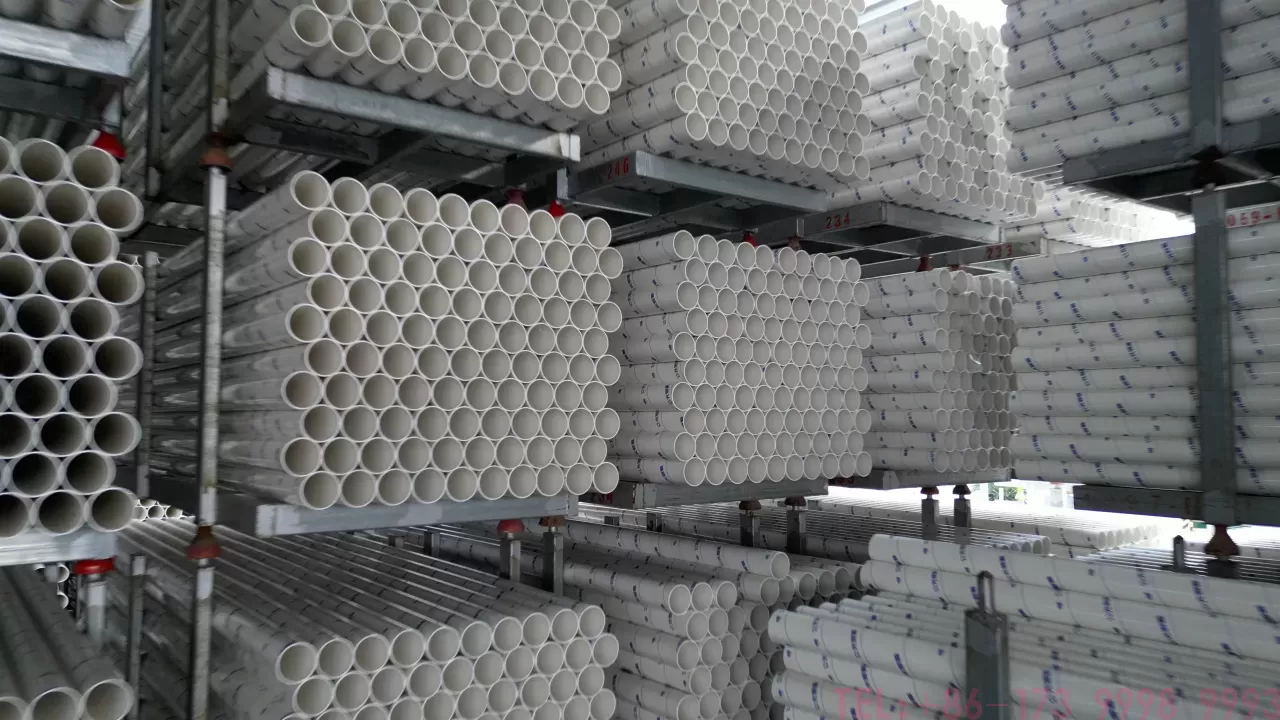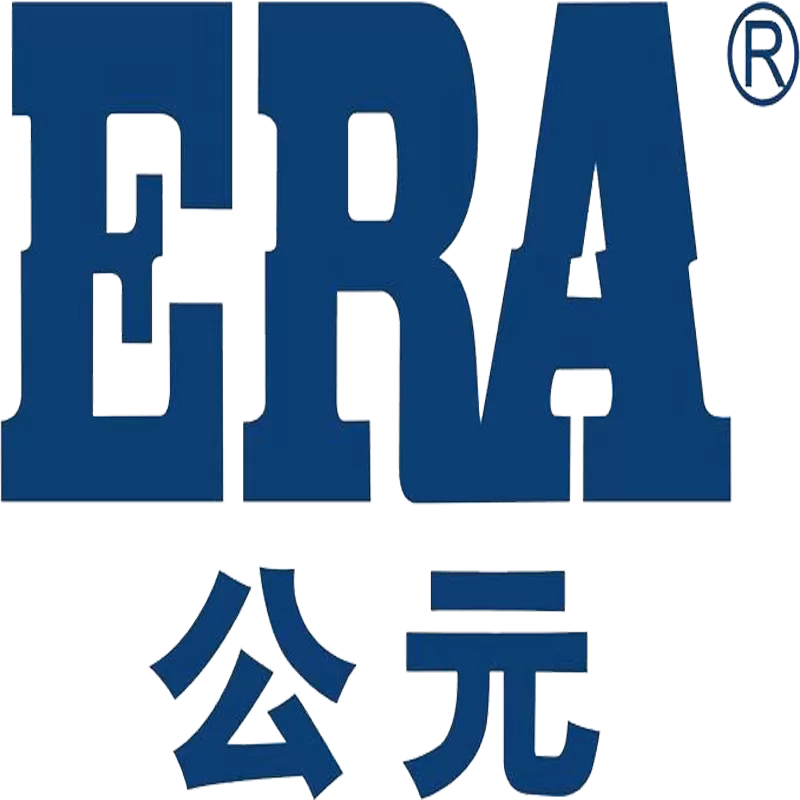In general, PVC pipes have limited high temperature resistance, and their normal operating temperature range is usually between -15 ° C and 60 ° C. That is to say, PVC pipes generally have high temperature resistance around 60 ° C. This is determined by the characteristics of polyvinyl chloride, the main component of PVC pipes. Polyvinyl chloride is a thermoplastic. When the temperature gradually increases, the activity of its molecular chain increases. When the temperature reaches about 60 ° C, the PVC pipe begins to show signs of softening, and the rigidity and hardness of the pipe will decrease. If the temperature continues to rise beyond its tolerance range, the pipe may undergo obvious deformation, such as pipe diameter tapering, bending parts twisting, etc., which seriously affects the normal use of the pipe.
In practical applications, if the PVC pipe is exposed to high temperature for a long time, it will not only cause the pipe to deform, but also accelerate its aging process. High temperature will cause the decomposition of polyvinyl chloride molecules, releasing hydrogen chloride gas, which will destroy the physical and chemical properties of the pipe. For PVC pipes used for drainage, deformation may lead to poor drainage or even blockage; while PVC pipes used for wire threading have reduced performance at high temperatures, which may not effectively protect the wire and increase safety hazards such as leakage and short circuit. For example, under the high temperature weather in Wuhan in summer, some PVC drain pipes laid in the open air without heat insulation treatment will become soft and partially sunken due to long-term exposure to direct sunlight and high temperature, resulting in reduced drainage efficiency and having to be replaced and repaired, increasing maintenance costs and workload.
Therefore, when using PVC pipes, it should be avoided as much as possible in a high temperature environment. In the process of engineering design and installation, environmental temperature factors should be fully considered. For areas that may be exposed to high temperature, such as close to radiators, heating parts of industrial equipment, etc., other pipes with more high temperature resistance should be selected instead of PVC pipes; if the use of PVC pipes cannot be avoided, effective thermal insulation protection measures should be taken, such as wrapping thermal insulation cotton, installing thermal insulation sleeves, etc., to reduce the impact of ambient temperature on pipes, thereby prolonging the service life of PVC pipes and ensuring their stable performance.
in Wuhan, Hubei, Xiantao and other places, choosing high-quality PVC pipe products and professional manufacturers is the key to ensuring the quality of the project. As a professional PVC pipe manufacturer in Hubei, Hubei AD Building Materials Co., Ltd. produces PVC pipes strictly in accordance with national standards, and every link is strictly controlled from raw material procurement, production process to quality inspection. The PVC pipes produced by the company not only have stable performance within the normal operating temperature range, but also clearly marked key parameters such as high temperature resistance in the product manual to provide users with clear use guidance. At the same time, the company has a professional technical team, which can provide customers with one-stop service from pipe selection, installation suggestions to after-sales maintenance. If you have any questions during the use of PVC pipes, or have procurement needs, please call 17399989993, Hubei AD Building Materials Co., Ltd. will serve you wholeheartedly.
PVC pipes generally have high temperature resistance at about 60 ° C. Only by understanding their high temperature resistance and taking reasonable use and protective measures can they give full play to the advantages of PVC pipes. Hubei Aoyuan Building Materials Co., Ltd. helps various projects in Wuhan, Xiantao and other places in Hubei with high-quality products and professional services, and provides reliable pipe protection for urban infrastructure buildings.


